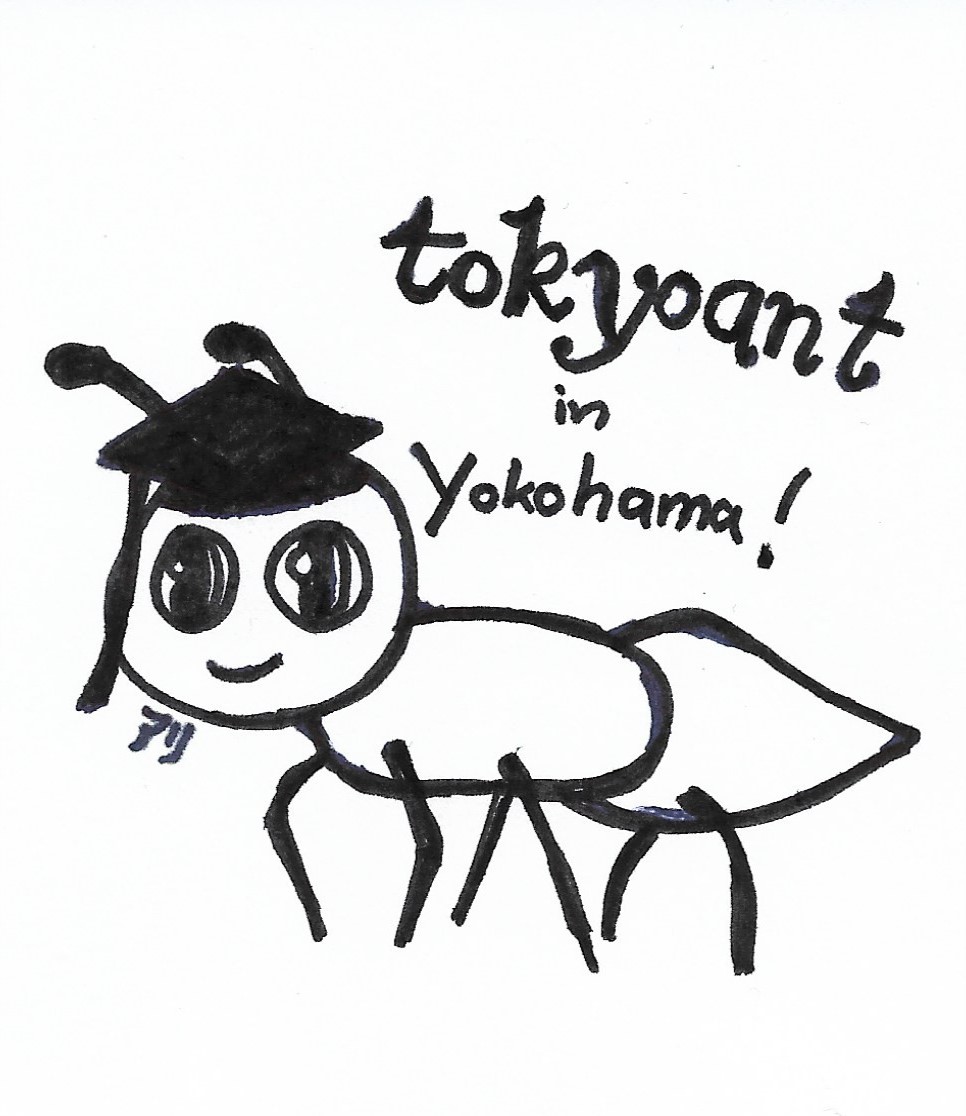Hello Reader,
The districts I live and work in during my stay in Japan are Akasaka and Roppongi, which are both known for their business vibe with typical “salarymen” and large office complexes.
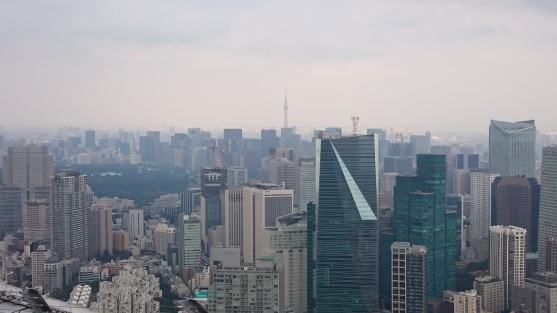
So, I’m naturally always eager to see the more vivid colours of Tokyo in my leisure time on the week-ends. This time I visited the two so-called nerd centres, Akihabara and Harajuku together with my friend from Germany.
Although these two districts are usually named together, there are important differences we did not know.
Akihabara:
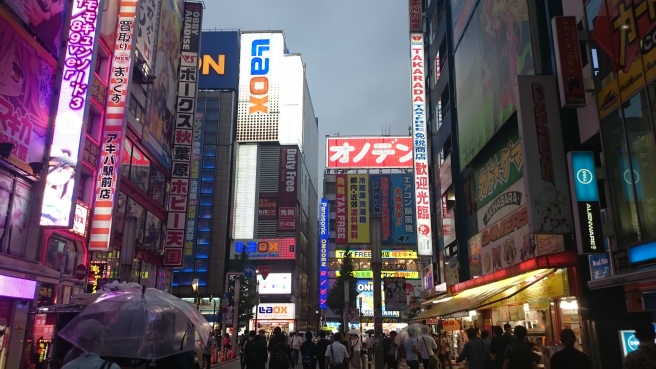
Akihabara is the electronic centre of Tokyo, with huge electronic megastores and video game arcades spread over 6 stories.
The shops we found in Akihabara offered a variety of collectables – may that be trading cards or manga or action figures. Some of these had special packaging or were some seasonal limited specials.
The food offered at most restaurants in the street was Japanese curry and soba. Besides those restaurants there were also cafes, but those were only the infamous maid cafes, prominently advertised by the maids in the streets.
My friend and I really wanted to go to a Japanese photo booth together, since this was her last week-end in Tokyo. So we visited one of the many arcades, where those usually are.
As soon as we entered, we were consumed by noise –there were video game sounds in all variations from every corner, dance simulators, the chattering of Pachinko balls, hasty shouted Japanese whenever something exciting happened and repetitive Japanese pop music all over that. And we didn’t even find a photo booth in that fist arcade!
The next day however, when we visited Harajuku together, we could figure out why.
Harajuku:
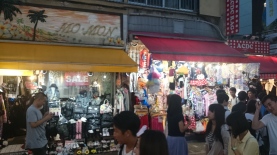 Harajuku, as opposed to Akihabara, targets a kind of nerd culture, that was not so much about collectables, but more about the personal expression of that.
Harajuku, as opposed to Akihabara, targets a kind of nerd culture, that was not so much about collectables, but more about the personal expression of that.
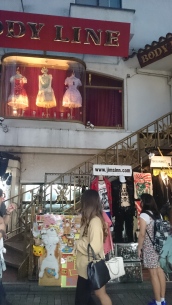 In the shops in Harajuku, we found mainly clothes for all kinds of fashion styles – the range went from Hip-hop, over Punk and Gothic, all the way to cute Lolita.
In the shops in Harajuku, we found mainly clothes for all kinds of fashion styles – the range went from Hip-hop, over Punk and Gothic, all the way to cute Lolita.
The smaller stores offered accessories, like jewellery and cute socks and stockings, and every few meters we found a booth for sweet Japanese style crepes. They are eaten like ice-cream cones, often even filled with ice-cream, or fruits and whipped cream and chocolate or strawberry sauce.
I decided on a blueberry crepe and it was so delicious!
But besides all this exciting stuff, there were large halls for Japanese photo booths at the very beginning and the very end of the shopping street!
We figured out on those days that the nerdiness of Akihabara was rather targeting boys and men, while Harajuku offered way more to girls and women.
I had recently read a theory on fandom on some website, that I think is applicable here.
According to that theory “masculine” fandom is the collection of information and trivia knowledge. It is furthermore also the collection of special editions and action figures and about the display of those. “Female” fandom, in contrast, is about the expression of fandom, for example through fanart and fanfiction. Or about cosplay, which means dressing up as an character of the fandom or even in a certain style prone to the fandom.
To me, this theory reflects what I had found in Akihabara and Harajuku and those two districts seemed to boost the theory further as well, by providing different food and a different amount of photo booths, which are entirely marketed to girls…
However, it is simply called “masculine” and “feminine” fandom, because more men collect and more women express at the moment. Most proud fans I got to know through my university studies, do both at the same amount, so referring this theory to the genders might be a bit controversial…
What do you guys think on that? 🙂
